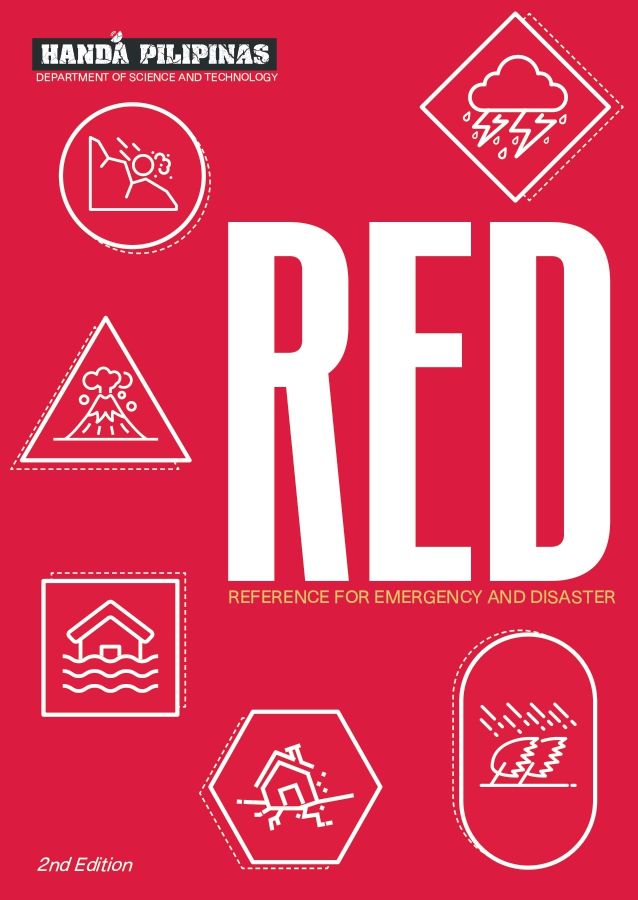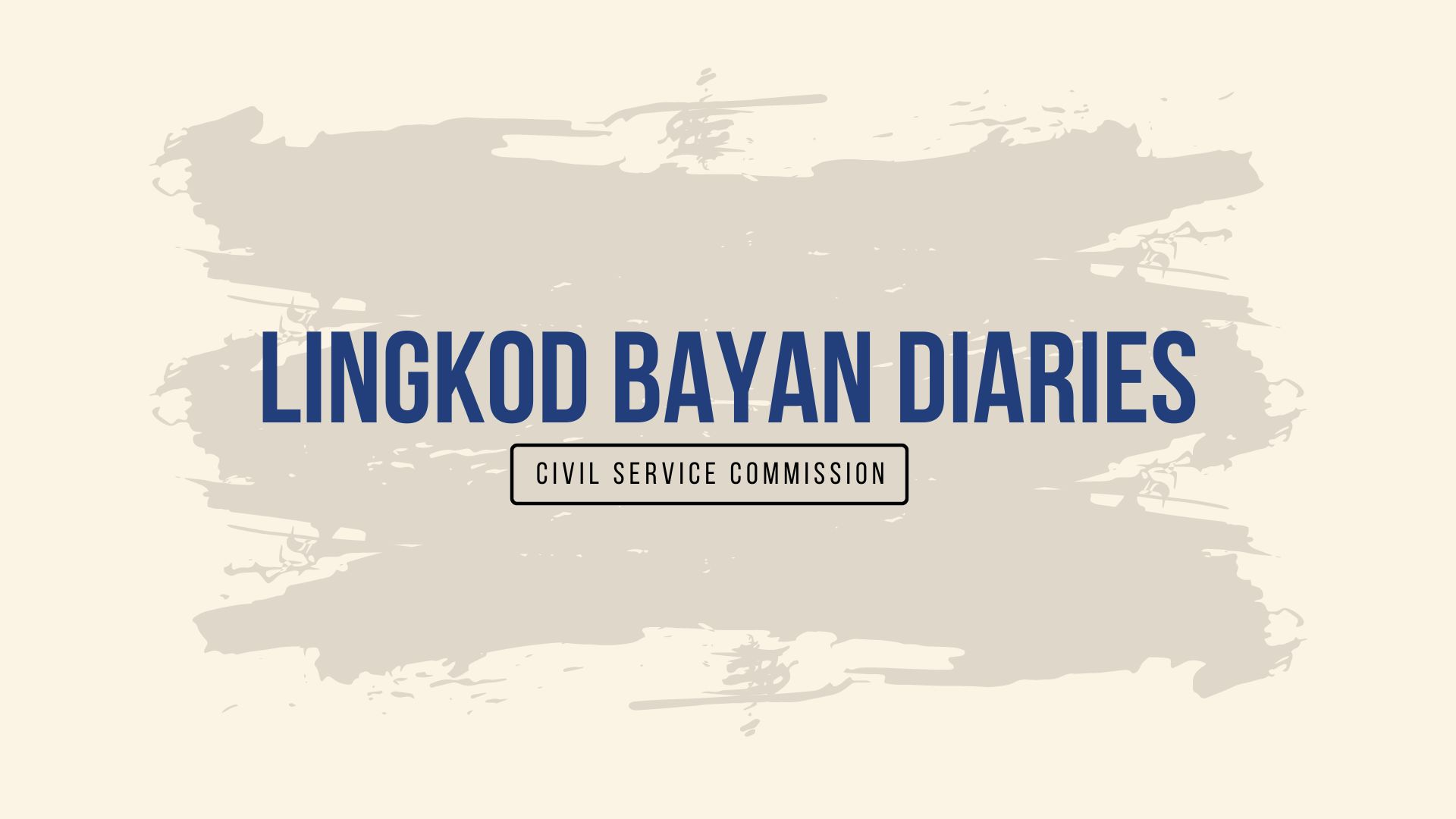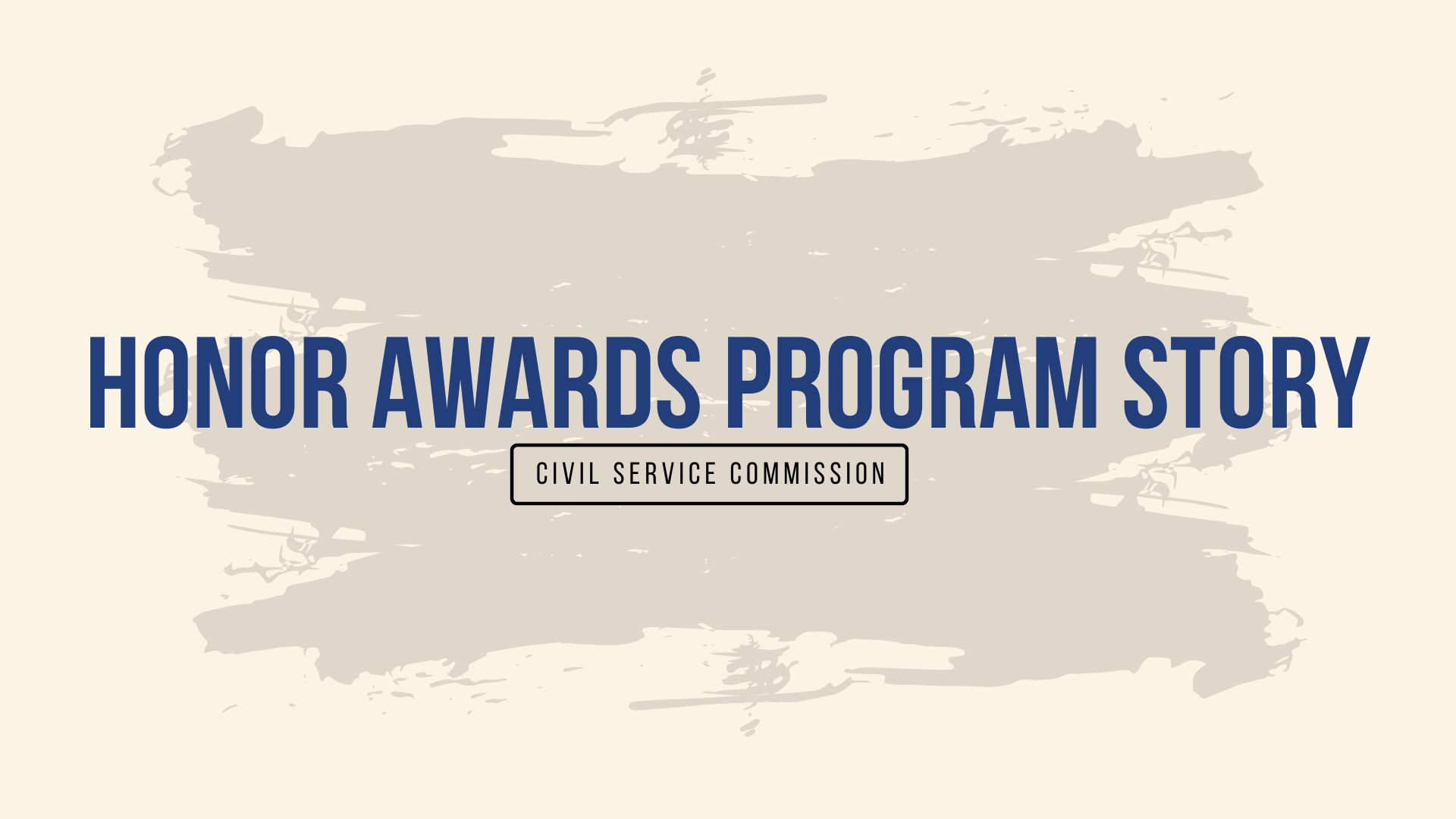The killer strength of super typhoon Yolanda (Haiyan) that hit Region VIII on November 8, 2013, was not enough to extinguish the fiery spirit of “Waraynons,” a tag for people from Region VIII - waray-waray being their native tongue or most commonly used dialect.
The whole world wept but the Waraynons’ fiery spirit impassioned them to stand and pick up the broken pieces left by the typhoon and start building their lives all over again.
Packing unprecedented power, Yolanda made landfall five times while crossing over the central Philippine islands, decimating entire regions on the wayside. Particularly affected were many of the poorest communities whose already difficult circumstances were even further compromised by the storm.
Mostly devastated by this super typhoon in particular were municipalities in Leyte, leaving Region VIII’s capital city, Tacloban, wrecked and unrecognizable.
The storm affected four provinces and 10,436 barangays in 575 municipalities when it hit land with sustained winds of 196mph. It ripped off roofs, shattered windows, and collapsed buildings with its even stronger gusts. And it inundated coastal regions with its ferocious storm surge. It destroyed boats and fishing inputs, swallowed people and their houses, leaving majority of these completely destroyed and uninhabitable.
Based on USAID data, there were 16 million people affected by the typhoon with 6,300 deaths associated with it. There are claims, however, that the death toll reached to more than 10 million, though there is no data to prove such claim. Meanwhile, 4.1 million people were displaced and 1.1 million houses were damaged.
Government programmed a rehabilitation plan that will cover a three-year period, until 2016 to be exact.
The most affected sector was education, since almost all education institutions suffered heavy damage of their classrooms and facilities.
High school classes were gravely affected due to these damages. Hopelessness came across the faces of high school graduating students and their parents. Lurking in their minds were the questions “Makaka-kolehiyo pa ba kami? Hain daw la kami makuha pan gastos kay waray naman kalubihan ngan mauuma?” (Can we still go to college? Where can we get money for our education when there is no more coconut and a farm to till?)
Even the DOST Region VIII office begged off and asked for the postponement of the conduct of the Junior Level Science Scholarship (JLSS) Program, a scholarship designed for incoming junior college students, due to lack of venues to conduct the scholarship exams and the absence of regular transportation and electricity in most areas.
Revival of hope
A ray of hope lit up their hearts however, months after the Yolanda disaster. By this time, the situation had become almost normal. In July 2014, DOST VIII started a caravan on Republic Act 7687 (RA 7687) or the DOST Scholarship Program which targets poor but talented and deserving students, as well as the Merit Scholarship Program, a socialized scholarship for students whose socio-economic income is above the prescribed socio-economic indicator from the RA 7687. Both programs are implemented by DOST through one of its agencies, the Science Education Institute (SEI).
The DOST VIII scholarship unit moved around the whole region to campaign for the program and reached as far as those island municipalities and other areas not frequented by other government agencies.
As a result, Region VIII produced 5,765 takers (who took the exams) representing 40% of the national takers who numbered 14,500. The turn-out of applicants for the scholarship in 2014 generated a 51% increase from 2013 which had 3,806 takers for the same scholarship program - a tremendous increase from previous numbers generated by the program. This can be attributed to the opportunity and hope that the program offered these high school students who thought they did not have any other options for college. Surprisingly, even those municipalities that have not had any applicants for quite a long time produced their share of takers for the scholarship.
The results of the September 20, 2014 Undergraduate Scholarship Examination provided Region VIII a total of 319 passers - a 36% increase from the previous year which generated 234 passers. The new set of scholars filled up the absence of scholars in other municipalities in the region.
Now, Region VIII comprising of 6 provinces, 143 municipalities and 7 cities, has at least one scholar per municipality - the only region with such accomplishment as far as undergraduate scholarship implementation is concerned, specifically, RA 7687.
Truly a huge leap for a region seriously devastated by a typhoon of unparalleled ferocity less than two years ago. Not only did it break infrastructure and took away lives; it broke its victims’ hearts as well and took away their hopes as they sensed a specter of hopelessness in the horizon.
Or so they thought. And then they learned about DOST’s scholarships. Now their hearts are whole again and their hopes rekindled (For more about DOST’s scholarship programs, visit the National Science and Technology Week on July 24-28, 2015 at SMX Convention Center, Pasay City). (S&T Media Service)
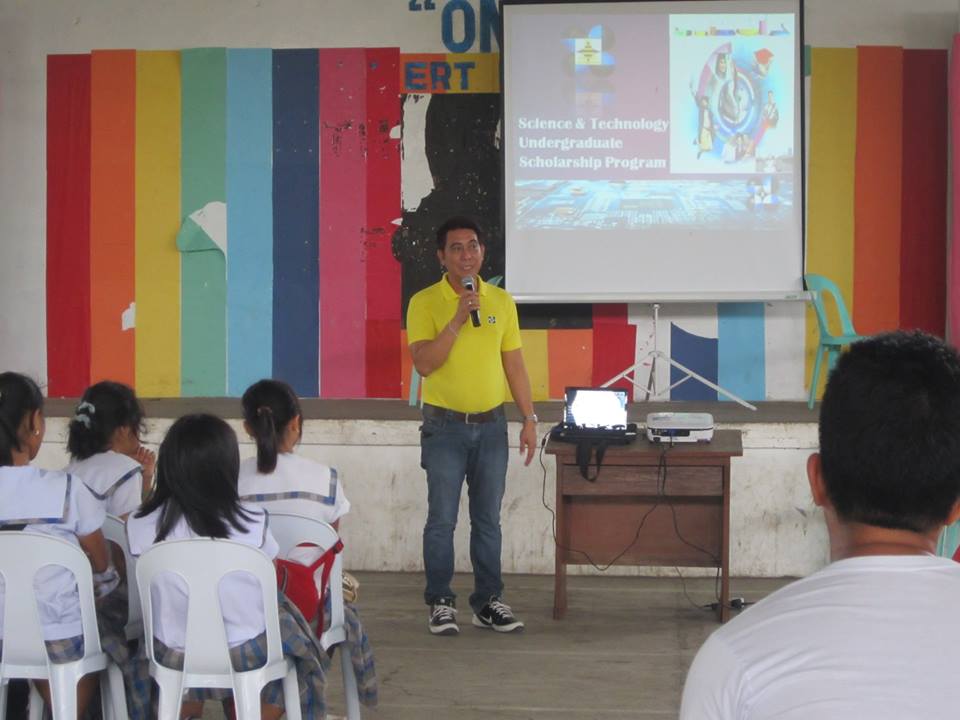
Ramil Uy, senior science research specialist from DOST-VIII orients students on the different scholarship programs of the Department.
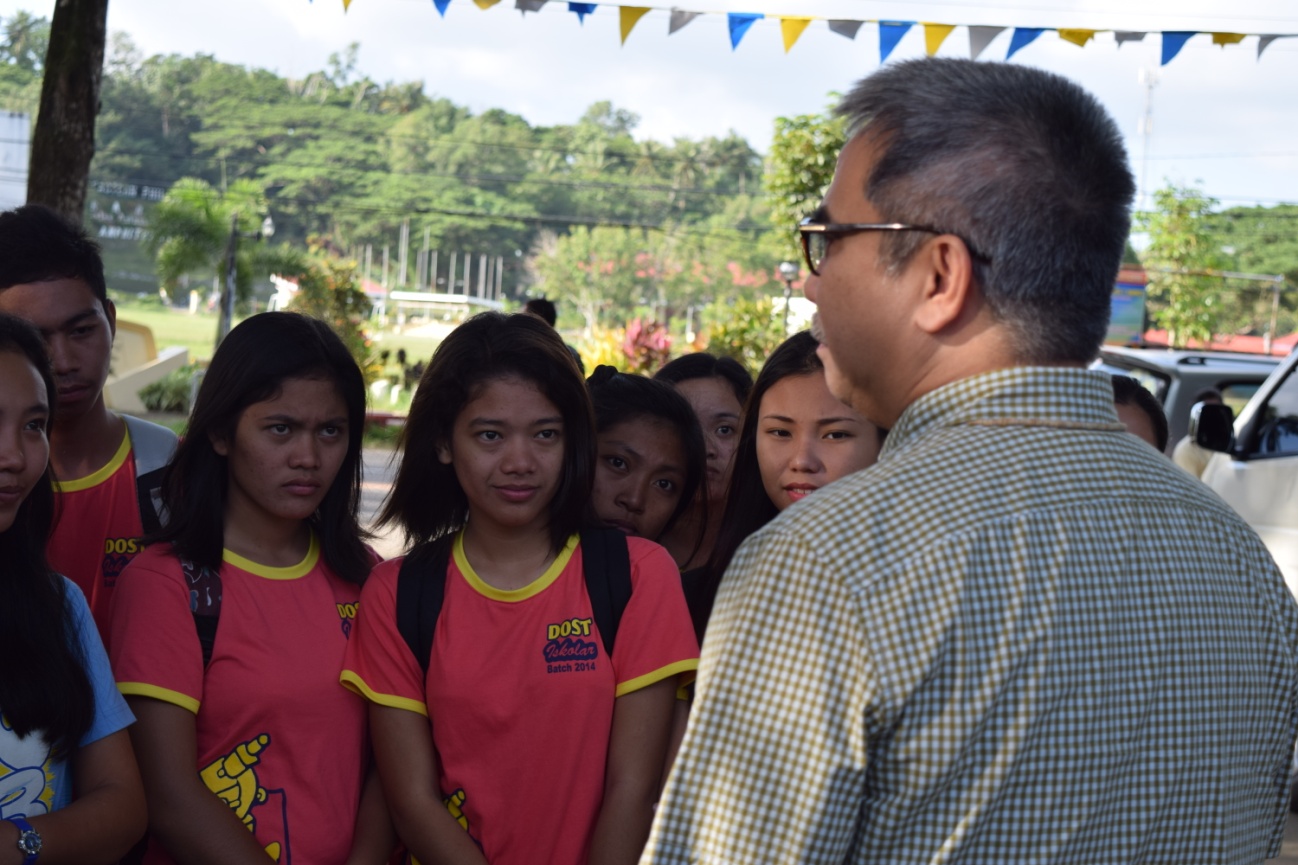
DOST Secretary Mario G. Montejo addresses the scholars, posing to them the challenge to be innovative and ready for the 2015 ASEAN Integration.





